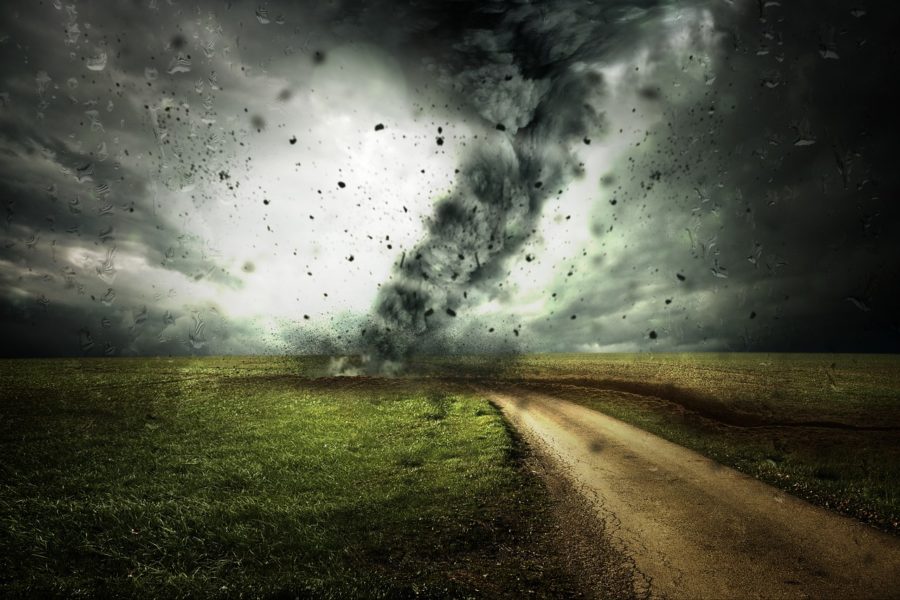Climate Change’s Impact On Migrations
Climate change- it’s not just an environmental issue, it’s way bigger than that. It’s changing the way human societies work and especially how people move around. Scientific evidence shows that climate change is causing people to relocate. It’s creating these huge societal and economic shifts. We’ve got to start focusing on it now.
There’s a lot of scientific articles which discuss the relationship between climate change and migration. Climate change is causing sea levels to rise and the weather to get more extreme. Droughts are lasting longer, and temperature increase have indirect impacts on people’s lives, their livelihoods, and where they live. Droughts go on for a really long time, there’s less water, which can lead to the failure of agriculture. Therefore, we are seeing food shortages, economic instability, and ultimately people have to move. This isn’t just happening in one place; it’s happening all over the world. It’s changing global demographics. The World Bank even said that, if we don’t do something about climate change, Latin America, sub-Saharan Africa, and Southeast Asia could have an extra 143 million climate migrants by 2050. Extreme weather events like hurricanes, floods, and wildfires can displace communities temporarily, and sometimes, they have to move permanently. Coastal areas and small island nations, particularly those at low altitudes, are facing bigger threats from rising sea levels. In some Pacific Island communities, like Kiribati and Tuvalu, this threat is already a reality. Whole communities are starting to move because of rising sea levels.
The whole climate-induced migration thing is not simple, it’s really complex. Climate change can make social, economic, and political vulnerabilities worse. It makes certain populations more vulnerable to its impacts, and for a lot of people, moving is a way to survive, a way to adapt to the changing environment. However, not everyone can do this. People who don’t have the resources to move, the poorest and most vulnerable, they’re the ones who are most prone to the impacts of climate change. These realities just make social inequalities worse. This brings up questions about climate justice, and the regions where climate migrants are going. They’re facing big challenges too. They’re dealing with rapid urbanization, increased strain on infrastructure and resources, and potential social tensions. A sudden increase in climate migrants can put a lot of pressure on these areas, leading to socio-economic and cultural tensions. There’s this huge legal gap when it comes to the protection and rights of climate migrants. International law doesn’t formally recognize climate migrants, which means there are big gaps in protection and assistance. The legal ambiguity leaves climate migrants in awkward positions and highlights the need for international legal frameworks that recognize and protect the rights of those displaced by climate change.
With the impacts of climate change getting worse, it’s likely that more people will be forced to move. The climate migration crisis shows just how urgently we need climate action, including both reduction and adaptation measures. Migration shouldn’t be seen as a failure to adapt to climate change, but rather as a legitimate and often necessary adaptation strategy. It should be supported through compassionate policies. The unseen crisis of climate-induced migration is a global challenge that requires global solidarity and action, it means we need to change the way we see and deal with migrations. We need to move away from a crisis management approach and towards a proactive, preventative, and a rights-based approach. This shift will require a lot of political will, international cooperation, and resources. The cost of not doing anything is much greater. The climate migration crisis is a stark reminder of our shared responsibility to protect our planet and each other. It’s a call to action that the international community cannot afford to ignore.

